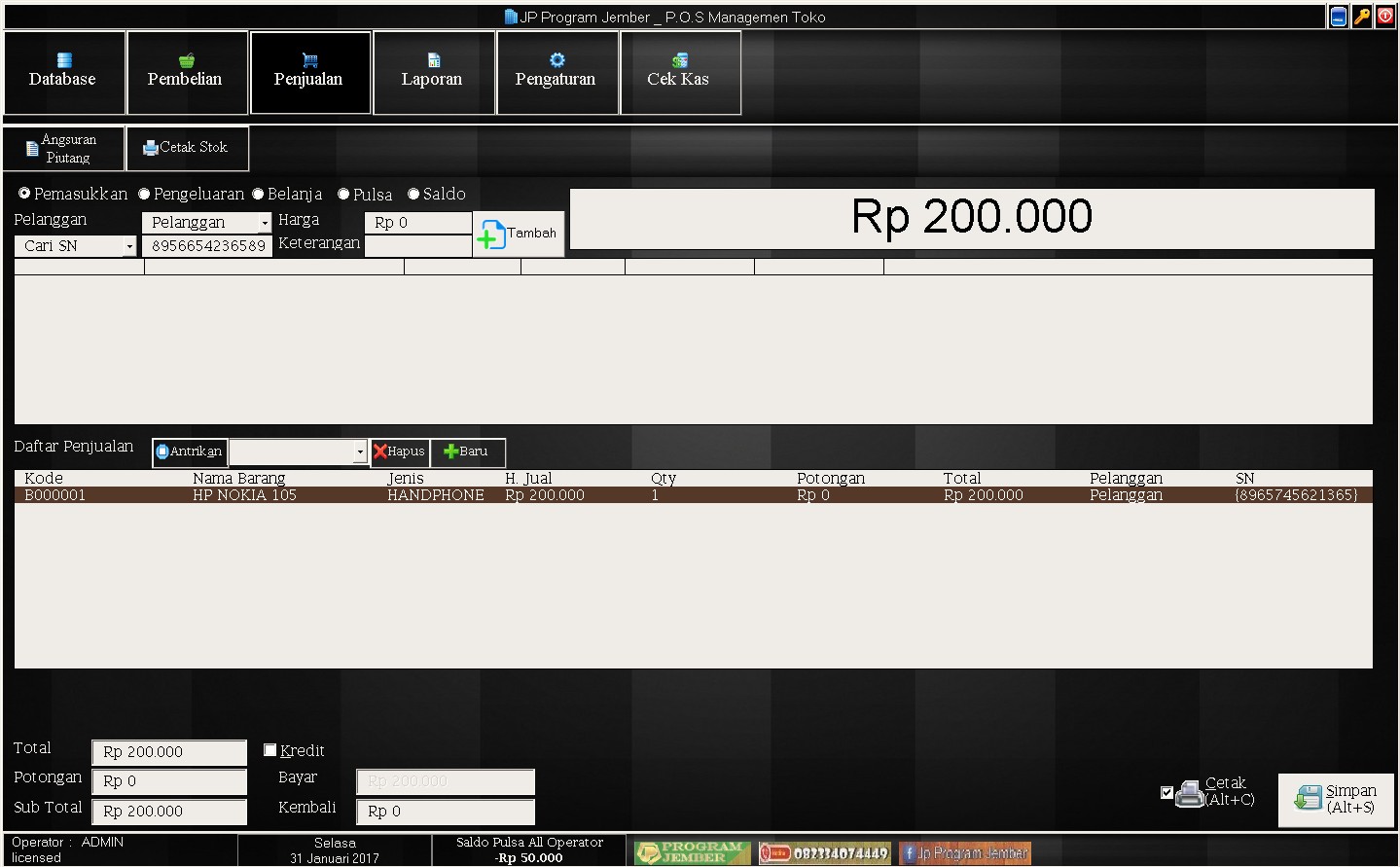

In an engine being built on a stand, it can be convenient to make a TDC mark on the flywheel/ring gear. Although basic in construction by modern standards, this Hart racing engine is extemely sturdy. But with any method, the first thing that has to be determined is TDC.Ģ. The lobe centreline method can be considered to be an opposite approach because the position of the crankshaft is specified when the camshaft is at maximum lift and the valve is fully open.

With the lift at TDC method, the lift figure is specified, not crankshaft degrees (apart from setting the engine to TDC). He prefers to use the lobe centreline method. It’s a popular method because it’s so simple, but Peter suggests that it’s not the most accurate way.

The first, and simplest, is to determine lift at top dead centre (TDC).Ĭamshaft grinders often specify how much lift there should be when the engine is at TDC and using this method is simply a matter of setting the number one cylinder to TDC and ensuring that the cam is positioned so that it’s providing the specified lift or valve opening. There are a couple of fundamental ways to match the position of the camshaft to the position of the engine internals during the building of a DOHC engine. Bad things can happen inside your engine when your valve timing isn’t right! This bent valve would have dented the budget. In this engine the big-ends and mains are based on Ford sizes but the top end utilises a number of Cosworth components like the valve collets, retainers and valve springs, which brings us to the subject of getting the valvetrain set up correctly.ġ. He left Cosworth in 1969 to set up his own company and made engines for various racing classes including F2 and even supplied F1 engines for a number of teams into the ’90s. It’s named after its designer and builder, Brian Hart, who worked at the famous Cosworth company in the ’60s. Though the Hart is extremely rare and unique, it has an exceptional pedigree. This is also an appropriate engine because of the method Peter uses to dial in cams. Many people won’t have heard of Hart engines but enthusiasts of classic racing will probably know the name.

We noticed this classic Hart engine being assembled in Peter Larner’s race engine workshop the other day and figured it was the engine on which to show the procedure. We’ve previously described how to fit and adjust various types of camshafts and associated valvetrain components, so this time we wanted to look at double-overhead camshafts (DOHC). From the archives: How to find the lobe centreline on double overhead cam engines


 0 kommentar(er)
0 kommentar(er)
